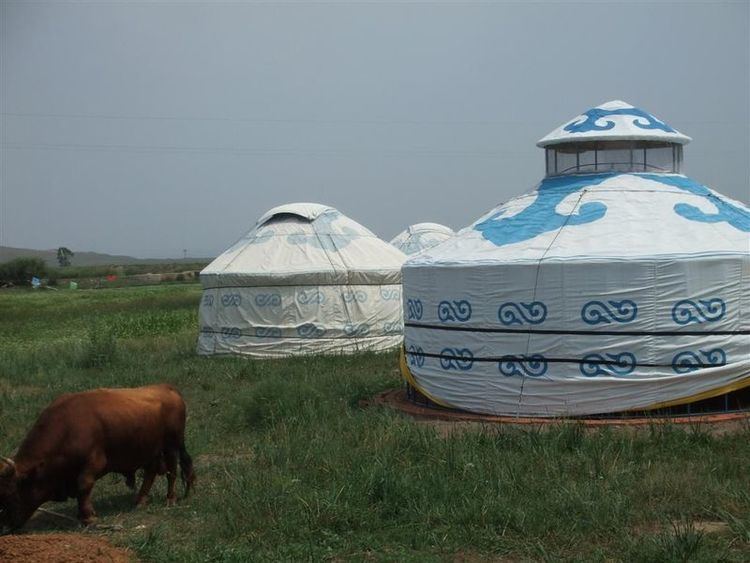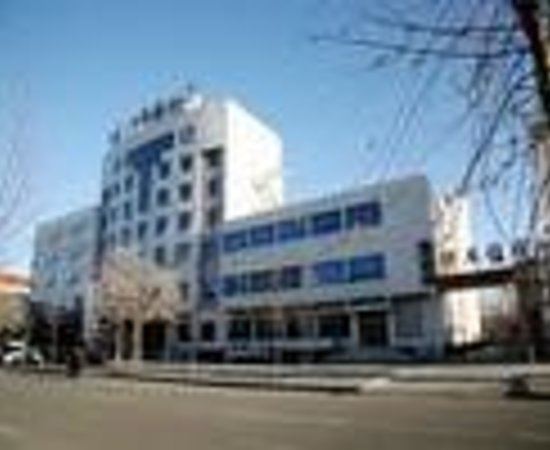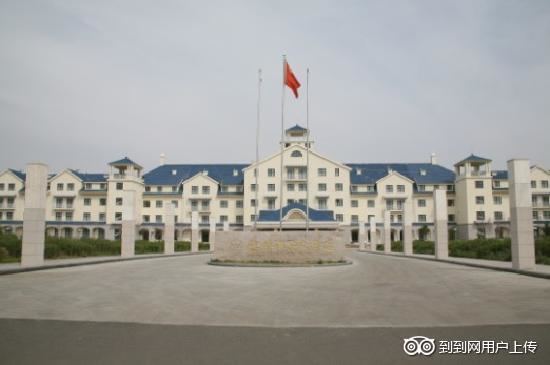Area 14,785 km2 | ||
 | ||
Country Peoples Republic of China | ||
Map of Xilinhot
Xilinhot (Mongolian: Шилийн хот, , Sili-yin hota; simplified Chinese: 锡林浩特; traditional Chinese: 錫林浩特; pinyin: Xīlínhàotè) is a county-level city which serves as the seat of government for the Xilin Gol league in Inner Mongolia, People's Republic of China. It has a jurisdiction area of 14,785 square kilometres (5,709 sq mi), and a population of 245,886, with 149,000 being in the Xilinhot urban area.
Contents
- Map of Xilinhot
- China part ii inner mongolia xilinhot pt 1
- Singing in xilinhot inner mongolia
- History
- Geography
- Climate
- Economy
- Culture and tourism
- Cuisine
- Transportation
- References

China part ii inner mongolia xilinhot pt 1
Singing in xilinhot inner mongolia
History

During the Ming dynasty in these places were nomadic child in the 17th knee Belguteya, elder brother of Genghis Khan, so the local Mongols were called "abganar" (translated from Mongolian "Abgal" means "paternal uncle"). When in the first half of the 17th century the Mongols submitted to the Manchu. abganar territory were divided into two banners: Abganar-Tszoitsi (abganar left wing) and Abganar-Yuitsi (abganar right wing), commanded by "wings" in the rank of princes "beile". Besides abganarov, also lived here and tribes Abgal (阿巴嘎) and Hotsit (浩齐特). Xinlihot was renamed Beizi Temple (bèi zǐ miào 贝子庙), since the Qianlong Emperor built a Lama temple which was called Beizi Temple here in 1743. In 1914, it was included in the newly founded Chahar Special Administrative Region, which became the Chahar Province in 1928. Later it was included in the Inner Mongolia Autonomous Region. Nowadays, the temple is one of the largest temples on the Xilin Gol grassland. In 1953, the county was renamed Xilinhot while in 1956 it was renamed Abahanaer Banner. In 1983, it was approved to set up as a county-level city by the state council, and finally renamed Xilinhot.
Geography

The elevation is about 990 metres (3,250 ft). The city is 610 and 620 kilometres (380 and 390 mi) from Beijing and Hohhot, the capital of Inner Mongolia, respectively.
Climate

Xilinhot experiences a cold semi-arid climate (Köppen BSk) with long, very dry, and bitter winters and short, hot summers. The monthly 24-hour average temperature ranges from −18.8 °C (−1.8 °F) in January to 21.2 °C (70.2 °F) in July, with an annual mean of 2.60 °C (36.7 °F). With monthly percent possible sunshine ranging from 59% in July to 73% in February, sunshine is abundant year-round, the city receives 2,970 hours of sunshine per year; due to the aridity, the diurnal temperature variation frequently approaches and exceeds 15 °C (27 °F). A majority of the 287 millimetres (11.3 in) of annual rainfall occurs in July and August alone.
Economy
Xilinhot is a market of significance, where cattle is of particular importance.
Culture and tourism
The historic centre includes an artistic temple. The Naadam Festival, a Mongolian feast, is celebrated here every year. Naadam is a gathering of the Mongolian people for wrestling, horse trading, costume contests, horse racing, etc. It's their summer festival and is generally very colorful with costumes and colorful yurts set up to serve food and sell trinkets and supplies.
Mongolian culture is very prominent with pictures, tapestries and monumental statues of Genghis Khan in every home, shop and street corner.
Tourists can stay at nearby yurt resorts where there is a large yurt for dining surrounded by smaller individual yurts for sleeping. The surrounding countryside is rolling grasslands populated by Mongolians who have horses, sheep, goats and some cows. Meals consisted of mutton, beef, cabbages, and other fruit and vegetables.
Cuisine
Xilinhot's diet is of more emphasis on the processing of local dairy and meat production. Dairy products include horse milk yogurt, milk, tofu, milk skin as the representative, along with the beef and mutton string, hand meat, grilled lamb as the representative of the cattle and mutton.
Transportation
Xilinhot Airport has regular flights to Beijing from Air China and China United Airlines. The airport is also served by Tianjin Airlines with multiple daily flights to Hohhot and a seasonal daily flight to Tianjin; there are also occasionally direct flights to other major cities.
The K7917 train connects Xilinhot with the national rail network and departs daily for Hohhot and Baotou.
China National Highway 207 and China National Highway 303 both terminate in the Xilinhot area. The S27 Xilingol-Kalgan Expressway also ends in suburb Xilinhot.
